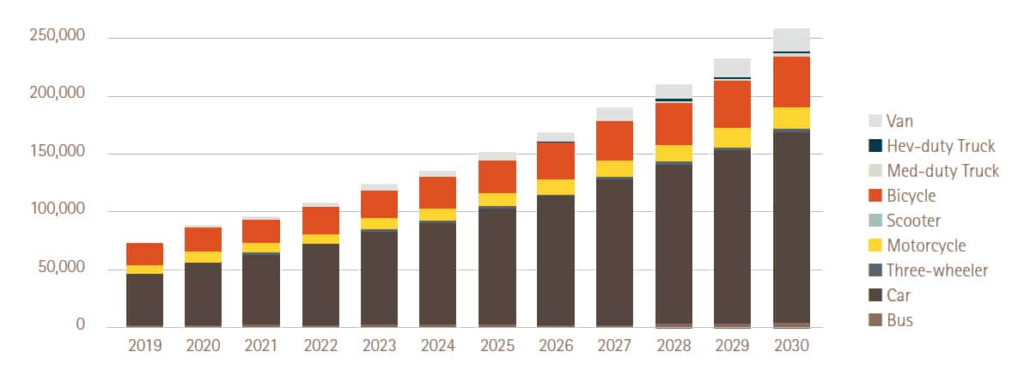Analysts suggest that innovation in electric vehicles (EVs) may decrease copper demand growth. EVs consume more copper compared to traditional gasoline-powered vehicles. As EVs become more efficient, they are expected to use less copper, potentially reducing overall metal demand.
Goldman Sachs predicts that copper demand for EVs will be 2.8 million metric tons by 2030, lower than their previous forecast of 3.2 million metric tons. The bank attributes this decline to the use of lighter materials, higher-voltage batteries, and the rise of smaller EVs.
However, CRU Group forecasts a more optimistic scenario, projecting copper demand from EVs to reach 4.3 million metric tons by 2030. The research firm believes that the growth of the EV market will surpass the impact of efficiency improvements.

Various factors, including the pace of EV innovation, copper costs, and the availability of alternative materials, will determine copper demand from EVs. Nevertheless, it is evident that EV innovation significantly affects the copper market. Innovations in EVs dent copper demand growth potential through the use of lighter materials.
EVs incorporate lighter materials like aluminum and carbon fiber, reducing the need for copper. Higher-voltage batteries in EVs require less copper than traditional batteries. The popularity of smaller EVs contributes to lower copper usage compared to larger EVs.
Although the growth of the EV market is expected to counterbalance efficiency improvements, future copper demand relies on the pace of EV innovation.
